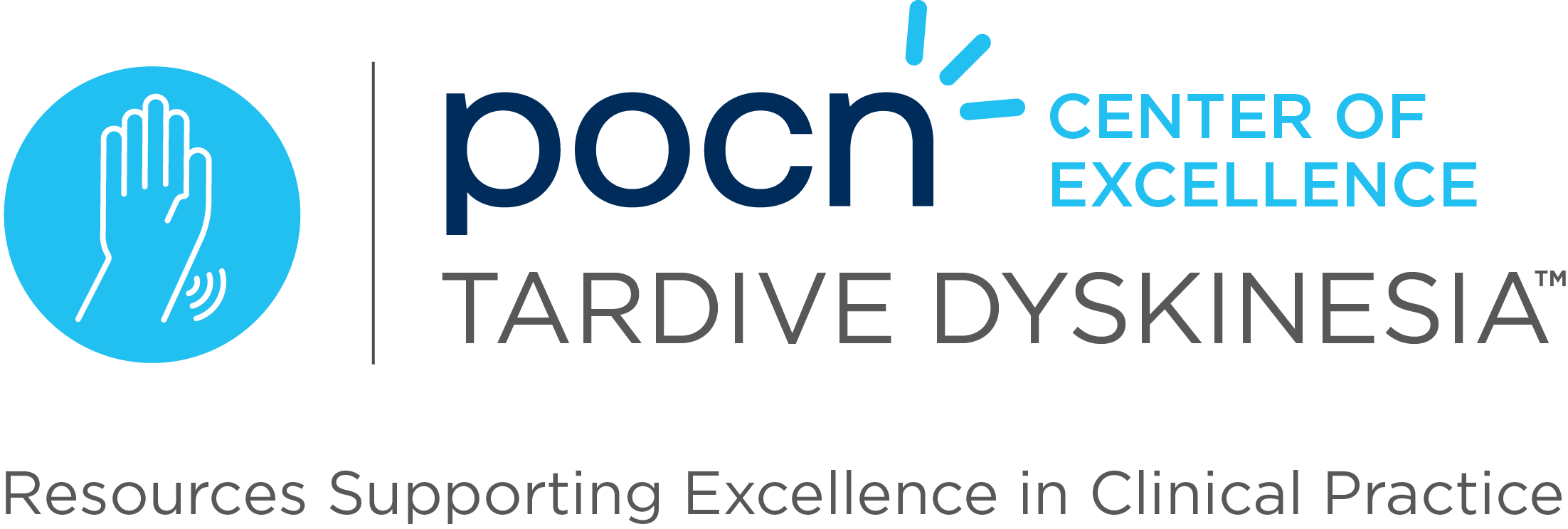Tardive dyskinesia (TD) is typically caused by long-term use of dopamine receptor antagonists, especially neuroleptics, and can develop after months or years of medication use. The risk of developing TD is linked to the strength of a drug’s binding to dopamine receptors, with elderly patients being more susceptible. While pharmacological treatments are the main method of managing TD, a promising alternative for severe cases is deep brain stimulation (DBS). DBS involves surgically implanting electrodes in the brain to deliver controlled electrical currents, which can provide long-term improvement in motor functions and quality of life for patients with TD.
DBS has become an established treatment for patients with severe TD that does not respond to medication. The two main targets for DBS are the internal globus pallidus (GPi) and subthalamic nucleus (STN), both of which have shown positive results in improving motor symptoms. Studies suggest that while GPi DBS is commonly used, STN DBS might offer advantages such as fewer mood and cognitive side effects, better symptomatic control, and longer battery life for the device. Further research is needed to confirm these findings and explore other potential targets for DBS in treating TD.
Reference: Szczakowska A, Gabryelska A, Gawlik-Kotelnicka O, Strzelecki D. Deep Brain Stimulation in the Treatment of Tardive Dyskinesia. J Clin Med. 2023;12(5):1868. doi: 10.3390/jcm12051868.


